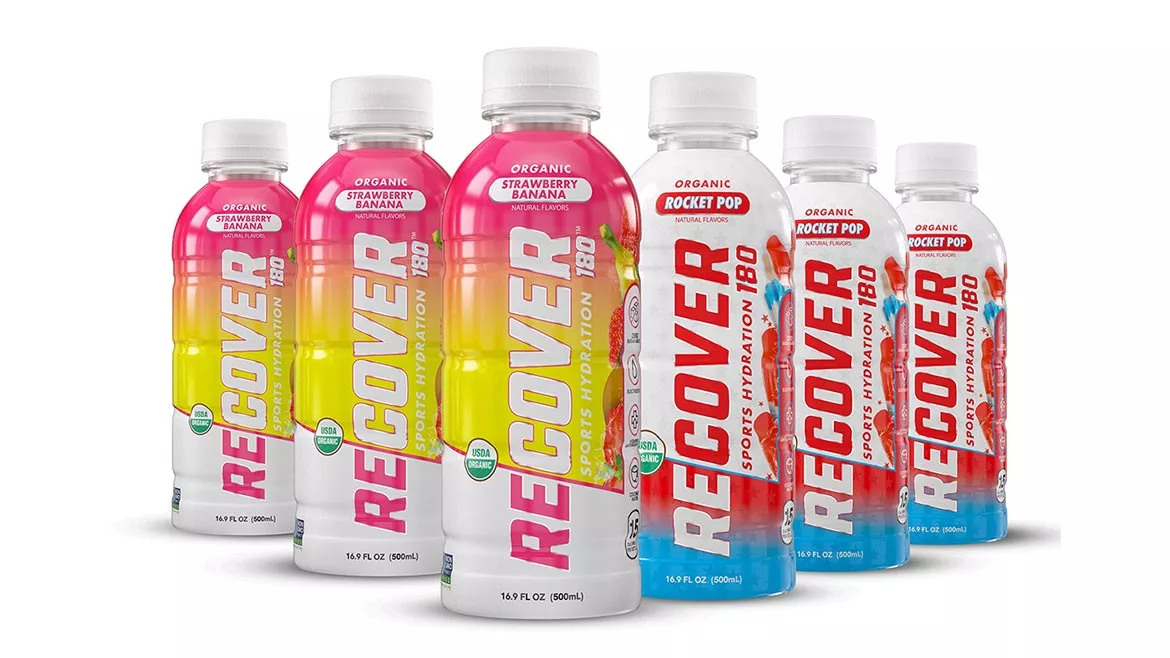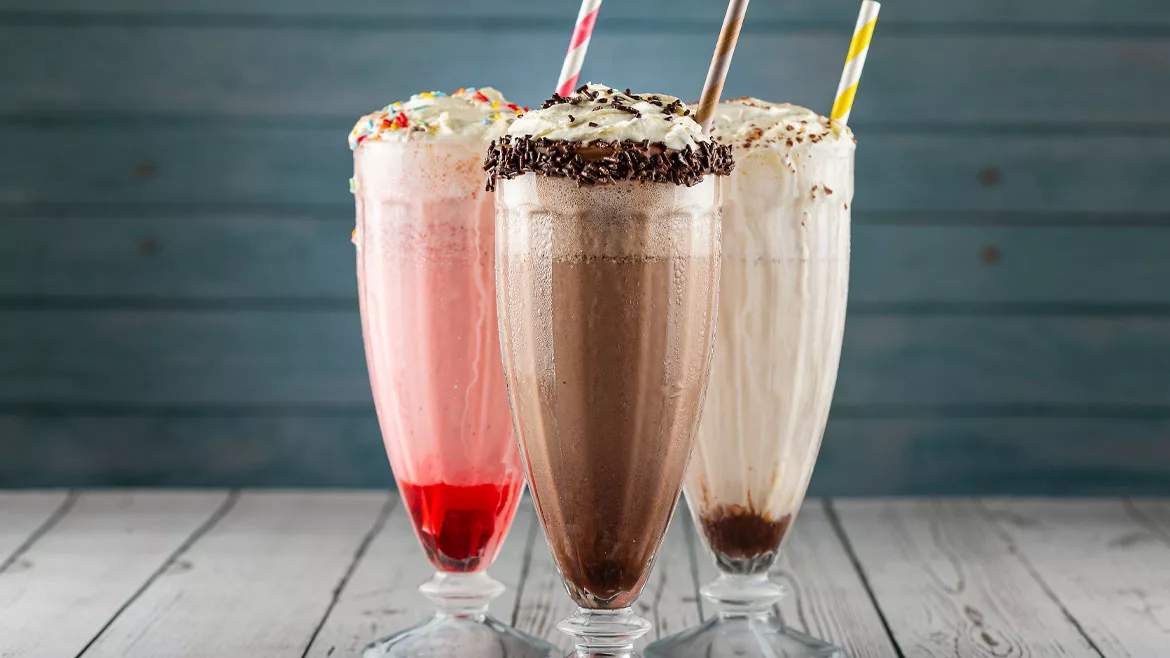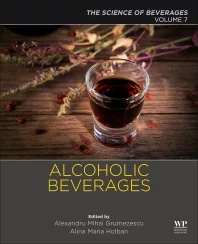Sports, recovery drinks extend market reach
Consumer demand for added functional benefits prompts innovation

Image courtesy of Recover 180
As one of the earliest rappers to achieve commercial success, LL Cool J is quoted for saying: “When adversity strikes, that’s when you have to be the most calm. Take a step back, stay strong, stay grounded and press on.”
When it comes to the success of the sports and recovery drink markets, experts note that these categories are “pressing on” with strong growth as consumers of all demographics increasingly adopt active lifestyles.
“The market is strong thanks to heightened consumer demand for quality functional beverages to support hydration, endurance, and post-workout recovery,” says Betsy Fallon, business development manager at Artemis International, Fort Wayne, Ind. “Interest in these drinks now extends well beyond hard-core athletes and weekend warrior exercisers into a consumer segment that thinks of fitness as a lifestyle choice.”
Vaughn DuBow, senior director for product portfolio marketing and health and wellness at ADM, Chicago, echoes similar sentiments.
“Traditionally, sports drinks were associated with elite athletes and high-intensity training,” he says. “However, this perception has shifted significantly with casual exercisers and those engaging in low-impact activities like yoga, walking, and eGaming now seeking functional beverages that support hydration, energy, and muscle recovery.
“With the rise of functional beverages in the market, the line between sports drinks, functional waters and energy beverages is blurring, leading to increased innovation in formulation and product positioning,” DuBow continues.
Melissa Nasits, beverage innovation director at Monin Americas, Clearwater, Fla., also notes the blurring of lines between functional beverages and sports drinks.
“The health and wellness trend is rapidly expanding across all beverage segments, with a growing consumer focus on whole-body health,” she says. “As consumers become more informed, traditional sugar-filled sports drinks and canned energy beverages no longer meet their needs

“While there’s been a big push in pre-workout and recovery products, there’s also a growing interest in functional beverages outside of traditional workout and recovery spaces, particularly when it comes to hydration, energy, and immunity,” Nasits continues. “Functional beverages are popping up everywhere from coffee shops to bars, with 89% of Gen Z and 90% of millennials looking to purchase hydration drinks, according to Datassential.”
Bret Barhoover, marketing manager for specialized nutrition at Cargill, Minneapolis, notes that ready-to-drink (RTD) and powdered formats are rapidly expanding, finding a consumer base that stretches well beyond traditional athletes.
“Protein remains the centerpiece for many formulations, but increasingly consumers are looking for more in their recovery drinks,” he says. “Whether it’s cognitive support (omegas), digestive health (biotics) or energy (caffeine), a new generation of ‘protein plus’ products are coming of age.”
Meeting consumers where they’re at
With a more nuanced consumer landscape emerging in the sports and recovery drink space, experts highlight how consumer trends are impacting these markets.
Niki Kennedy, director of insights and content at Chicago-based Glanbia Nutritionals, explains that alongside hydration, consumer interest in additional functional benefits is influencing these categories.
“As hard core sports nutrition has expanded to active nutrition for more mainstream consumers, functional hydration has become a major aspect of the sports and recovery market,” she says. “Consumers associate having good hydration levels with energy, sleep health, mental well-being, high performance, and digestive health.”
ADM’s DuBow notes that market expansion is fueled by a broader cultural shift, where staying active is not just about performance but also about long-term wellness, longevity, and overall well-being.
“This underscores the importance of solutions supporting recovery, enabling consumers to stay healthy, active and fit for as long as possible,” he says. “Another key driver of this market is hydration, with rapid-rehydration solutions seeing strong demand across multiple consumer demographics.
“Our proprietary research finds the No. 1 functional attribute consumers seek in beverages is hydration,” DuBow continues. “This has spurred more opportunity for electrolytes, which are now being incorporated into various formats, including energy drinks, flavored waters, and even ready-to-drink (RTD) protein shakes.”
Cargill’s Barhoover notes that recent research by Cargill identified five consumer segments within the active nutrition space, ranging from disciplined “Perfection Pursuers” to casual “Determined Dabblers.”
“This segmentation highlights the need for brands to develop targeted products that align with consumers’ diverse fitness routines, dietary habits and wellness goals,” Barhoover says. “The market’s expansion beyond elite athletes to everyday wellness seekers means that brands must tailor their formulations, messaging and positioning to resonate with distinct consumer groups.”
Artemis’ Fallon points to beverage-makers’ increased use of functional ingredients to meet consumer demand.
“We are seeing an increase in BCAAs, electrolytes, low-sugar formulas, functional botanicals, and even mushrooms in these markets,” she says.
Fallon also notes an uptick in utilizing coconut water for balanced hydration, and certain botanicals to address inflammation, specifically turmeric, ginger and beetroot.
Michael Crabtree, director of scientific affairs and product development at Minneapolis-based Bioenergy Life Science, points to consumer interest in clean label as influencing the sports nutrition space.

“Consumers are all about clean, natural options,” he says. “Plus, the biohacking crowd is driving demand for cellular-level benefits.
“In a market obsessed with performance and purity, GRAS Certified and non-GMO, Bioenergy Ribose is a star,” Crabtree continues. “Supplementing with Bioenergy Ribose significantly accelerates energy recovery, reduces muscle stiffness and provides greater endurance. It is the true source of sustainable energy and is the constant force that drives the delivery of energy to the cells.”
Formulating for the moment
To help meet consumers’ evolving need states, experts highlight an array of ingredients being utilized in sports and recovery drink formulations, as well as what to consider when working with such ingredients.
“Beverage-makers are leveraging a diverse range of ingredients — from electrolytes to plant proteins and biotics — in sports and recovery drinks to enhance their functional appeal and address consumer preferences,” ADM’s DuBow says. “When working with these ingredients, developers must consider factors such as stability, solubility and taste. Certain plant proteins, for example, can affect texture and mouthfeel, requiring careful selection of stabilizers and emulsifiers, whereas electrolytes and biotic ingredients must be incorporated in ways that maintain their efficacy throughout processing and the product’s shelf life.”
For hydration-focused beverages, DuBow notes that electrolytes remain a fundamental component in formulations.
“Sodium, potassium and magnesium are commonly used to help replenish minerals lost during exercise and maintain fluid balance, making them essential for endurance and recovery, " he explains. “Vitamins and minerals like B6, B12 and niacin, along with amino acid derivatives like l-carnitine and choline, are also frequently incorporated into sports and energy beverages to support metabolism, energy production and cognitive health.”
Cargill’s Barhoover echoes similar sentiments, noting that on the hydration front electrolytes like sodium and potassium play a crucial role.
“Sodium supports fluid balance in the blood and cells and nerve impulse transmission, while potassium is essential for hydration, muscle contraction and heart function,” he says. “Those are important health benefits, but balancing the sweetness, the acidity and the saltiness found in these beverages is no easy task. Our portfolio brings it all together ― stevia sweeteners, polyols, citric acid, potassium citrates and sodium citrates.”
Protein is another key component, Barhoover says, particularly for recovery beverages.
“While whey protein remains popular, we’re also seeing steady interest in plant-based formulations. Historically, limitations around solubility and taste made it challenging to use plant proteins in these beverages, but improved processing technology has closed the gap,” he explains. “With ingredients like PURIS 2.0, developed specifically for beverage applications, we’ve created delicious drinks with 20-plus grams of protein in a single serving.”
ADM’s Dubow also points to protein as an essential component in recovery drinks, supporting muscle maintenance.
“While whey and casein have been traditional choices, beverage-makers are progressively incorporating plant proteins like soy and pea to diversify protein sources and build in more protein content,” he says. “For instance, our clean-tasting soy and pea proteins are exceptional solutions to optimize functionality and nutrition, as well as sensory appeal. Soy is particularly useful, as it is a ‘complete protein’ with a protein digestibility corrected amino acid score (PDCAAS) of 1 — meaning it can deliver on branched-chain amino acids (BCAAs).”
DuBow further notes that microbiome-supporting ingredients are a rapidly growing area of innovation in the sports nutrition space.
“For example, our Active Lifestyle Formulation brings together our Bifidobacterium longum CECT7347 (ES1) alongside our BPL4 (Lactobacillus casei CECT9104) and BPL15 (Lactobacillus rhamnosus CECT8361) and has been clinically shown to support certain biomarkers related to post-exercise oxidative stress,” he says. “Research further demonstrates the active lifestyle formulation’s potential in supporting aspects of exercise and recovery.
“At the same time, the effects of our spore-forming probiotic, DE111 (Bacillus subtilis), were examined during the offseason training of collegiate male athletes, with results showing a decrease in circulating TNF-α in males,” DuBow continues. “This research is significant for the wider nutrition arena, as TNF-α reduction may be an indicator of immune function support.”
Ingredients that support cellular energy also are playing a key role in beverage innovation, experts note.
Glanbia’s Kennedy points to creatine as supplying energy to the cells, especially the muscle cells during aerobic activity.
“During an aerobic exercise such as resistance training, after ATP is quickly used up for energy, the body begins to break down creatine to make more ATP,” she explains. “This is why creatine is a favorite supplement ingredient among sports performance consumers, as they seek ways to increase their exercise capacity to make greater gains in muscle mass and strength.”
Bioenergy’s Crabtree, meanwhile, points to Bioenergy Ribose, a patented caffeine-free energy booster for ATP production.
“It’s a game-changer for muscle endurance and recovery, reducing soreness and powering athletes through tough workouts,” Crabtree says. “Bioenergy Ribose is easy to use. It is highly soluble, mildly sweet and keto-friendly. However, it does lower blood sugar so beverage-makers should be mindful of that when working with Bioenergy Ribose.”
Looking ahead
As the sports and recovery drink markets continue to evolve, experts weigh in on what the future holds for these two markets.
“We anticipate that both markets will continue to expand as consumers prioritize holistic health, prevention and longevity,” ADM’s DuBow says. “Sports and recovery beverages will likely see more innovation around hydration, with isotonic beverages and formulations with biotics leading the charge.
“Plus, the integration of botanicals, such as acerola (which contains vitamin C, a vitamin that can contribute to the protection of cells from oxidative stress), will further enhance functionality while aligning with clean label targets,” he continues. “Ultimately, as consumer demand for personalization and science-backed solutions grows, beverage-makers will need to differentiate their products through targeted health benefits, innovative ingredient pairings and clean-label transparency to formulate beverages that align with consumers’ individual wellness goals.”
Cargill’s Barhoover expects a continued blurring of category lines, especially between sports nutrition and wellness drinks.
“Increasingly, active consumers seek products that go beyond performance enhancement to support overall health, longevity and recovery,” he says. “Ingredients traditionally associated with wellness — such as anti-inflammatory botanicals for joint health and probiotics for gut health — are now making their way into sports recovery drinks. This convergence is creating new opportunities for brands to develop hybrid products that support muscle recovery while promoting long-term mobility, immune function and energy balance.”
Moreover, as consumer expectations evolve, Barhoover predicts that the sports and recovery drink markets will continue to expand beyond traditional performance-driven solutions.
“From targeted products for women and aging consumers to the integration of wellness-focused ingredients, brands are innovating to meet the needs of a diverse and growing audience,” he concludes.
Looking for a reprint of this article?
From high-res PDFs to custom plaques, order your copy today!








